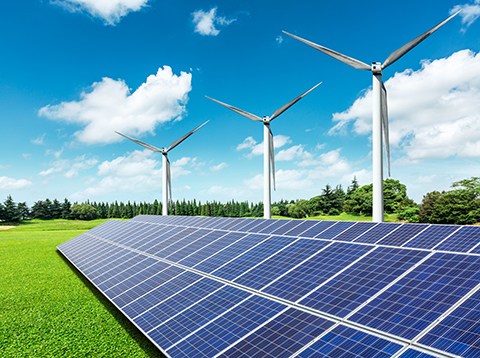Related Practice Areas: Federal Lands, Energy and Natural Resources

The Taxpayer Act extended the construction deadline for the production tax credit (PTC) for all wind projects for one year, until January 1, 2022, and extended the investment tax credit (ITC) for offshore wind farms until Dec. 31, 2025. See Taxpayer Act §§ 131, 204. The Taxpayer Act also extends the ITC phasedown schedule for solar facilities by two years. Id. § 132. Separate from the Act, the Internal Revenue Service also issued Notice 2021-05 extending the Continuity Safe Harbor for offshore wind projects and renewable projects on federal land from four years to ten years. This will allow developers of renewable projects on federal lands to claim federal tax credits on these projects if the project is placed into service within ten years after beginning construction.
The Energy Act contains provisions specifically focused on expediting and increasing approval and development of both solar and wind projects on Bureau of Land Management (BLM) and Forest Service lands. The Energy Act tasks the Department of the Interior with establishing a new Renewable Energy Coordination Office and provides the Secretary of Interior with greater discretion to reduce federal rental rates and other fees. Most important, the Act requires the Secretary of the Interior to set national goals for wind, solar, and geothermal energy production on federal land and requires permits for at least 25 GW of electricity from wind, solar, and geothermal projects by 2025.
The minimum production goal of 25 GW of renewable energy by 2025 should prioritize the review of permit applications for proposed renewable projects by BLM and the Forest Service.
